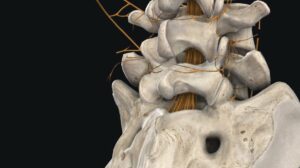NEW YORK (Reuters Health) – Results of a phase I trial suggest that intralesional transfer of plasmid interleukin (IL)-12 enhanced by electroporation for treatment of metastatic melanoma is “safe, effective, reproducible, and titratable,” according to a report published November 24 ahead of print by the Journal of Clinical Oncology.
Dr. Adil I. Daud at the University of California, San Francisco, and co-authors say that, as far as they know, this is the first human trial of gene transfer using in vivo DNA electroporation.
The dose-escalation trial included 24 patients with stages IIIB/C or IV metastatic melanoma with at least two subcutaneous or cutaneous lesions accessible for electroporation, who were treated between 2004 and 2007. Following injection of varying doses of plasmid IL-12 into the tumor nodule to a depth of 3/8 inch or less, needle electrodes were inserted and six pulses at field strength of 1300 V/cm and pulse duration of 100 µs were applied.
Treatments were administered on days 1, 5, and 8, followed by excisional biopsies on days 11, 22, and 39.
At plasmid doses up to 5.8 mg per treatment, systemic toxicity was minimal, with no hematologic abnormalities. Transient pain was the major adverse effect.
“A dose-proportional increase in IL-12 protein expression compared with pretreatment was seen in all patients with no significant IL-12 spillage into circulation and a correlative increase in tumor levels of interferon-gamma,” the authors report.
Electroporated tumors demonstrated lymphocytic infiltration, and three-quarters of the treated lesions exhibited more than 20% necrosis.
Three of 19 patients with disseminated progressive cutaneous lesions experienced complete responses over a span of 6 to 18 months; a fourth patient had evidence of distant responses. There has been no evidence of recurrent disease in these four patients. Six other patients had stable disease lasting from 4 to 20 months at distant sites.
Non-electroporated lesions were found to “gradually flatten and fade away,” Dr. Daud’s team notes, “which argues for immune system involvement in this effect.”
They conclude, “This study suggests that electroporation-mediated plasmid delivery is a powerful new tool for effective gene transfer.”
Reference:
J Clin Oncol 2008;26.




